Forgotten Aircraft of the RAF
Remember the Westland Wapiti? How about the Avro Rota?
/https://tf-cmsv2-smithsonianmag-media.s3.amazonaws.com/filer/a7/22/a722f254-b33b-4418-9b4a-4a00c549efc8/supermarine_walrus.jpg)
The number of British-designed aircraft types to see service with the Royal Air Force during its first century of flight is legion. Most people likely have heard of the Spitfire and Hurricane, of Battle of Britain fame, and certainly some know of the Sopwith Camel, thanks either to Charles M. Schulz or that master writer of aviation fiction for youngsters, Captain W.E. Johns.
What of the Blackburn Beverley, though, or the Supermarine Walrus? Both played significant roles. The Walrus, for example, was born of an Australian Navy requirement for a catapult-capable spotting aircraft. Powered by a Bristol Pegasus VI engine driving a pusher propeller, it was extremely successful as a general purpose amphibian. Hard to believe it was designed by Reginald Mitchell, the man who gave us the immortal Spitfire. At one stage, Supermarine supplied the RAF with its fastest front-line aircraft—the Spitfire—as well as its slowest—the Walrus.
Many more RAF aircraft with unique features have been all but forgotten; here are a few of the lesser-known types.
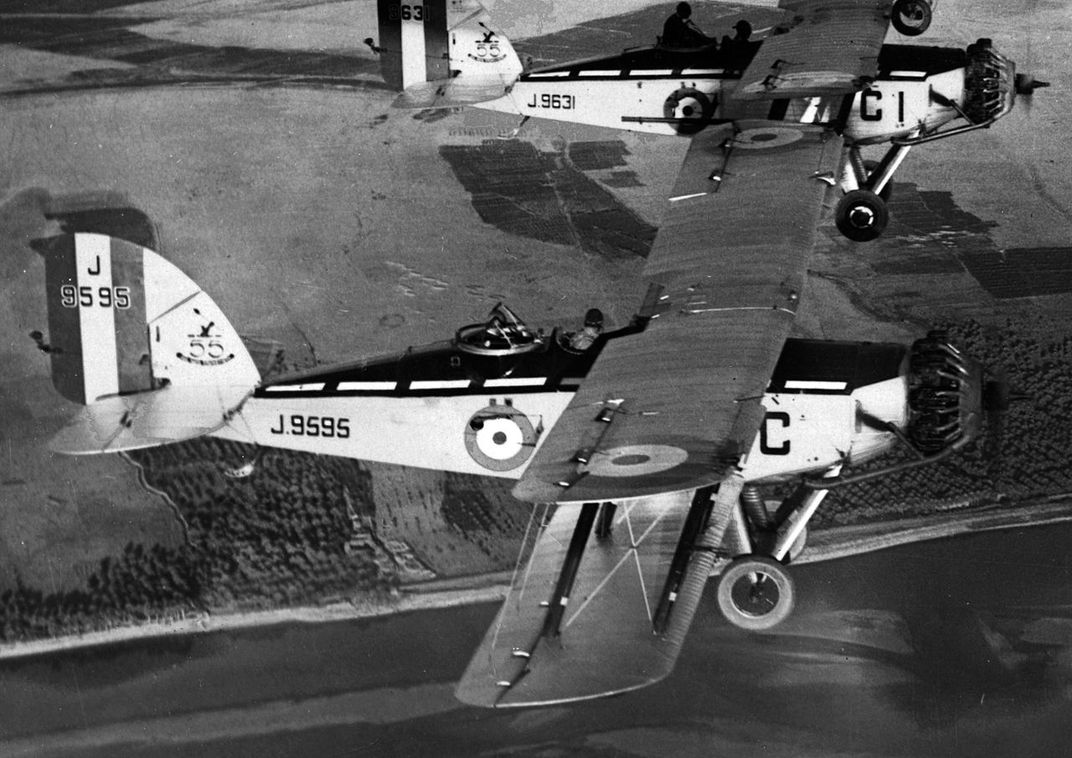
In the 1920s and early 1930s, Britain was under a financial cloud, with little money to spend on the RAF. The 1927 Westland Wapiti (above) was the result of a competition to design a general-purpose military aircraft, mostly for use overseas, that incorporated as many parts as possible from the de Havilland DH.9A, which the RAF had in great supply. Westland won the competition, mainly because it had been a DH.9A contractor.
The Wapiti’s odd-looking tail resulted from a mistake. A two-foot-long section of fuselage was accidentally left out of production plans, giving rise to very bad handling characteristics. To improve flyability, engineers added more area to the fin and rudder, as well as horn-balanced ailerons. When the error was discovered, Westland decided to leave the (modified) aircraft as it was, and by 1933 there were no fewer than 20 squadrons in RAF and Auxiliary Air Force units at home, in Iraq, and in India. Amazingly, some Wapitis were still flying in India during the early stages of World War II; the aircraft was finally phased out in October 1940.
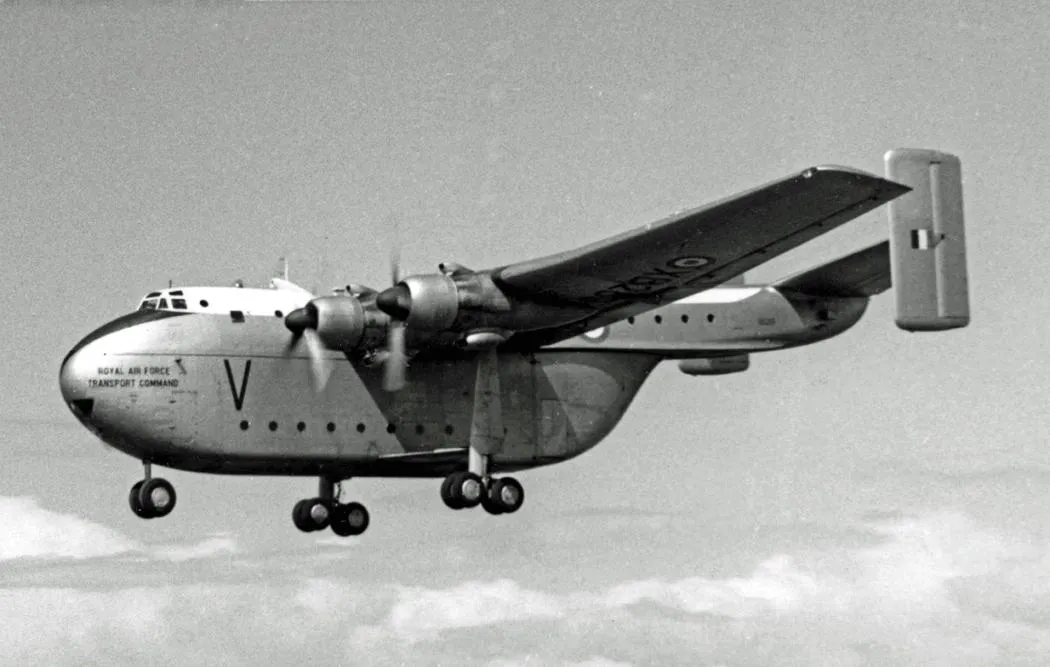
When the Blackburn Beverley C. Mk 1 (above) entered squadron service in March 1956—with No. 47 Squadron at RAF Abingdon—the heavy transport became the RAF’s largest aircraft, with a wingspan of 162 feet. Powered by four 2,850-hp Bristol Centaurus sleeve-valve radials, it made a sound like four Sea Furies in very close formation. Used mainly in the Middle East and Far East, it was one of the RAF’s best heavy-lifters in the 1950s and early 1960s (carrying 94 troops or 70 paratroops). Along with a few cockpit sections, there is now only one surviving Beverley.
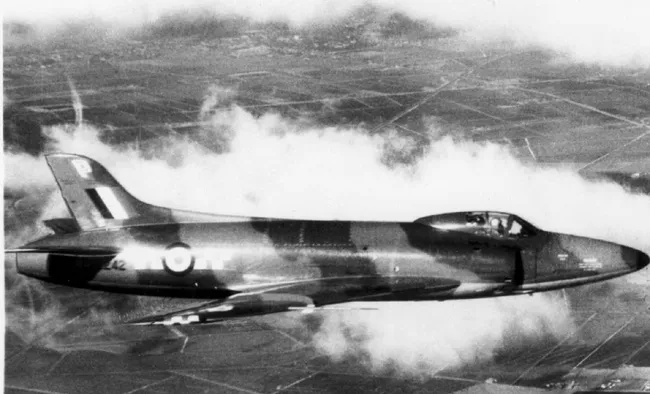
The Supermarine Swift (1951), above: Along with its famous companion, the Hawker Hunter, this “second generation” RAF jet fighter went through a rapid development cycle, in part prompted by the Korean War. Unlike the Hunter which was an export success, the Swift suffered endless technical problems. This was due in part to a rather rotund fuselage designed to accommodate the Rolls-Royce Nene engine, which was eventually phased out in service aircraft. A much smaller axial-flow Rolls-Royce Avon was used for the production Swift instead, but this airframe/engine combination did not work well. The Swift FR.5 saw limited service, mostly with the 2nd Tactical Air Force in Germany as a low-level reconnaissance fighter, where its high-altitude problems did not matter.
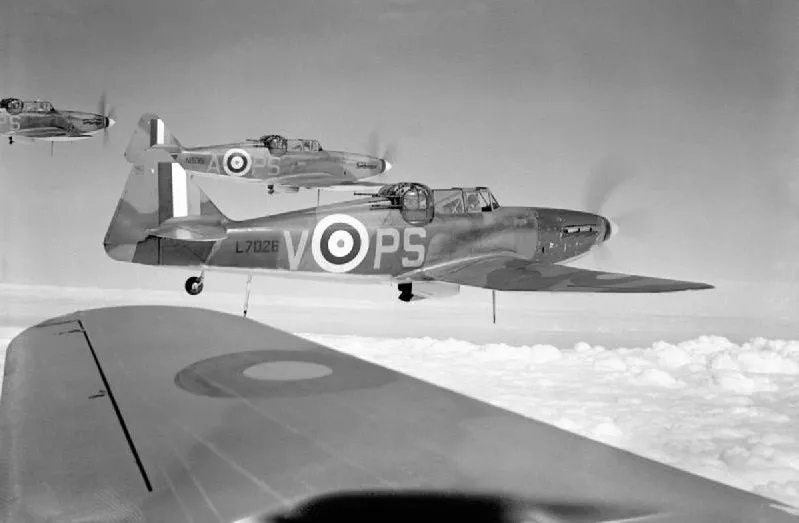
The Boulton Paul Defiant (1937), above: In the 1930s, the British Air Staff calculated that if Germany attacked, Luftwaffe fighters escorting bombers would not have enough range to reach England. So a “bomber destroyer,” armed with four .303 Brownings in a powered turret, would be able to shoot down unescorted German bombers on the last part of their journey. The Merlin-powered Defiant had no forward-firing guns, however, which doomed it in daylight combat against German fighters, despite the gallantry of its crews. But with a top speed of 300 mph, the Defiant did make a serviceable first-generation night fighter during the Blitz, and it went on to be a useful target tug and Air-Sea Rescue machine.
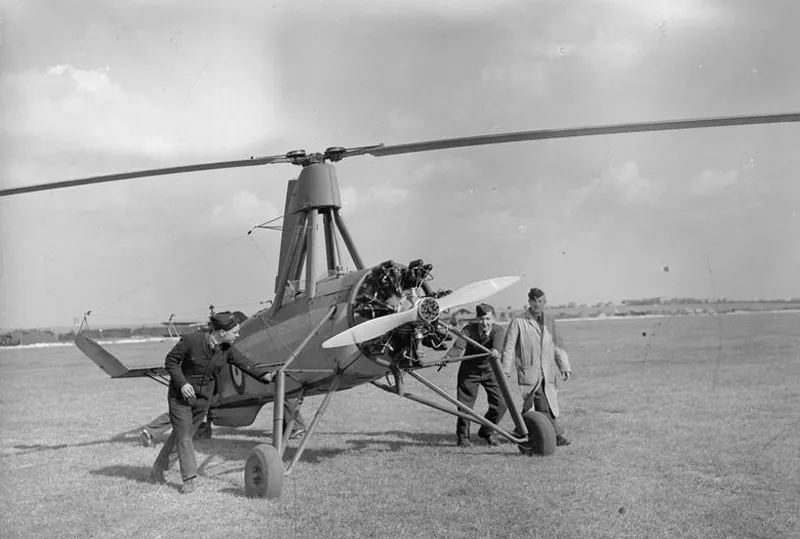
The Avro Rota 1 (1934), above: This Spanish-designed rotorcraft—a license-built Cierva A.30 Autogyro—was built in a small series by the Avro Aircraft Company Ltd. Powered by a 140-hp Genet Major radial, it had a maximum speed of only 100 mph. When coupled with a short range (280 miles), you would think the Rota would have limited military use. This particular type of rotorcraft, however, served a vital function during World War II. Flying low and slow over the sea, acting as radar targets, they enabled the U.K.’s coastal early warning station’s radar systems to be calibrated.